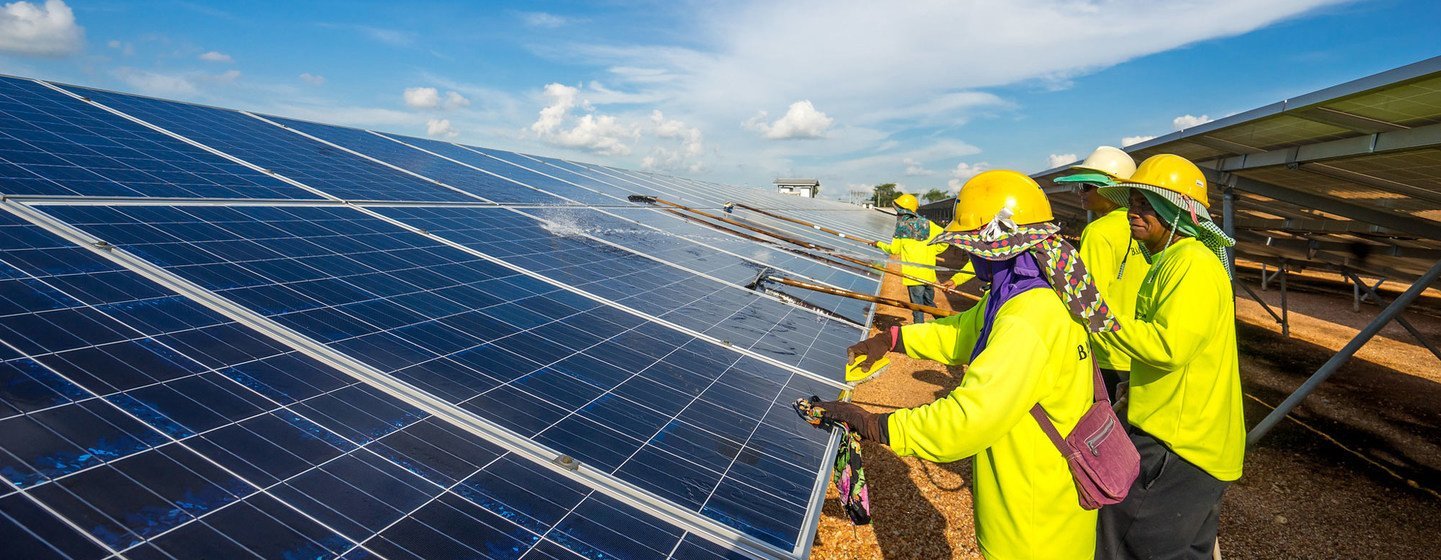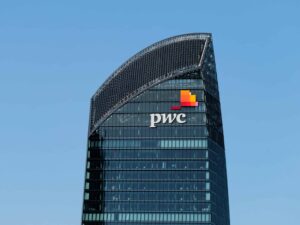Key Impact Points
- A new World Economic Forum report highlights cities that are tackling carbon emissions in the construction industry and how to scale these innovative approaches.
- The built environment is the single largest contributor of CO2 emissions, generating approximately 40% globally, the majority of which comes from urban development.
- Cities such as Vancouver, New York City, Los Angeles and London are leading the charge in emission-reducing solutions related to urban development projects.
A report released today by the World Economic Forum’s Centre for Urban Transformation features best practices developed by pioneer cities that are reducing carbon emissions from urban development projects.
As cities grow in population and importance, urban construction will continue to gather pace. It is estimated that the global floor area is expected to double by 2060, the equivalent of building out New York City every month for the next 40 years. The report, Reducing Embodied Carbon in Cities: Nine Solutions for Greener Buildings and Communities, highlights nine innovative solutions for all phases of construction and demolition.
“In recent years, a growing number of cities have taken decisive action to help bolster the operational efficiency of buildings,” said Jeff Merritt, Head of Urban Transformation at the World Economic Forum. “Despite these gains, a more robust approach is needed to tackle carbon emissions across the entire life cycle of these structures. From rethinking traditional construction methods and materials to breathing new life into otherwise obsolete buildings, new solutions are rapidly emerging to tackle this challenging issue, collectively referred to as embodied carbon.”
Report Findings
The report highlights innovative solutions that provide a model for cities seeking to meet the Sustainable Development Goals. Some of the case studies that demonstrate impact include:
- The One Westside Office Campus in Los Angeles, once a struggling mall that will become a state-of-the-art UCLA science campus, demonstrates the possibilities of adaptive reuse. More than 75% of construction and demolition debris for the building was diverted from landfills, reducing the embodied carbon by 33% compared to a ground-up scenario.
- A programme run by San Diego’s local utility company, is helping fleet owners and operators eliminate emissions by transitioning to electric vehicles (EVs). The goal is to serve a minimum of 3,000 medium- and heavy-duty vehicles, many of which are used by the construction industry, at 300 customer sites throughout the company’s service area.
- London’s Material Reuse Portal offers a user-friendly interface for stakeholders across the construction industry to engage in sustainable material reuse practices, thereby increasing adaptive reuse of construction materials and reducing carbon emissions.
The report also features case studies of cities that are developing a variety of approaches – from mandates and incentives to providing benchmarking tools – to reduce embodied carbon emissions from construction practices. This includes:
- Vancouver enacted an embodied carbon limit on all new construction and developed a benchmarking tool to measure emissions.
- Seattle provides an expedited permitting process for projects that meet embodied carbon standards. This initiative benefits environmentally friendly construction companies by hastening construction while promoting the city’s environmental commitment.
- New York City instituted a Clean Construction Executive Order mandating all capital project agencies to lower embodied carbon from municipal construction projects.
“Cities are at the forefront of efforts to reduce carbon emissions in both new development and redevelopment within the built environment,” said Jennifer Holmes, Accenture’s lead for cities, transportation and infrastructure. “This initiative is focused on the increasing importance of cities establishing clear targets, incentives and pathways for emission reduction, in collaboration with the private and non-profit sectors.”
These and other pioneer cities are featured in the report that was developed with Accenture following a City Sprint, hosted in collaboration with the City of Los Angeles. The City Sprint included an intensive three-day workshop with more than 50 multidisciplinary stakeholders committed to changing the construction industry for the 21st century. The City Sprint builds on Los Angeles’ commitment to the C40 Cities Clean Construction Accelerator to reduce embodied emissions by at least 50% for all new buildings, major retrofits, and infrastructure by 2030.
“Cities drive the demand for the development, maintenance and renovation of the places we rely on daily – our homes, schools, hospitals, streets and other vital infrastructures,” said Cécile Faraud, Head of Clean Construction, C40 Cities. “We have the momentum to ensure the built environment is decarbonised, climate resilient and equitable: 10 leading cities participated in the C40 Clean Construction programme in 2019; now, we are working with 45+ cities across all continents. The breadth and variety of city action can inspire the sector’s confidence to invest in just solutions. The policy model and adoption playbook are great tools for accelerating the global update of embodied carbon policies.”
Adapting and scaling the solutions highlighted in the report requires effective public-private sector collaboration from across the construction industry and beyond, including policy-makers, businesses, financial institutions and technology companies. The Centre for Urban Transformation’s G20 Global Smart Cities Alliance, in collaboration with Infosys and C40 Cities, has developed a Whole Life Cycle Assessment Model Policy, which is complemented by supporting materials, including an implementation Playbook for cities and a companion Practitioner’s Guide for the private sector to align policy goals with new innovations in building practices.












